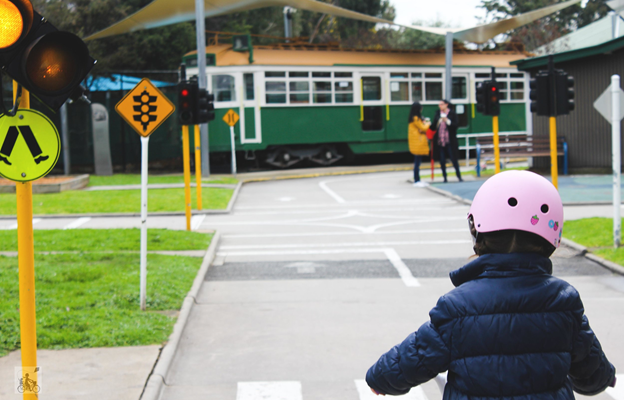Gratifying your employees with a mouth-watering fringe benefit and, at the same time, saving good money is the dream of any top manager. And making it a reality is very easy: just enroll employees in a safe driving course , combining fun with sensational improvements in road behavior. A result that translates into a drastic drop in the rate of accidents which, for example, affect the costs of insurance and maintenance of a company fleet IMPROV Traffic School .
Depending on the course chosen and the exercises, Volvo, Nissan, Porsche, Jaguar and Ariel Atom are driven, the only cars with a second seat for the instructor. And to those who at this point felt their right foot itch, Rossi sends to say: “We focus on active driving, that is, on full awareness of one’s own limits and those of the car, learning to identify and prevent the errors of others as well. road users’. In short, no aspiring pilots.
How does the safe driving course take place?
Each safe driving course is organized in roughly the same way.
The first phase will always be theoretical and can last from a minimum of 30 minutes to a maximum of 2 hours, during which you will receive the basic notions . You will be explained in detail what the driving position is, specifying the height of the seat and the angle of the backrest; you will be told how to place your hands on the steering wheel and how to hold it, for example.
The theory will continue with the explanation of the braking and braking aid mechanisms: since these are the most dangerous conditions, it is normal that, in a safe driving course , all the precautions to be used when driving in the wet are emphasized.
At the end of the theoretical phase, you will move on to the next one: here you will be able to put into practice all the notions learned in the previous two hours. In this way, you will be able to compare the driving position you had held up to that moment with the one you will adopt from now on, to realize that, in fact, you were not adopting the correct attitude.
And finally, you will be able to test on dry asphalt first and then wet, at lower speeds first and then higher, different situations, such as pin slalom and emergency braking with consequent gauge of an obstacle.
Different types of driving courses
Not all schools are the same, and neither are the costs , of course.
You can choose between basic courses , where, sitting behind the wheel of classic cars, you will put into practice what you have studied in the two hours of theory, to assimilate notions and reactions, which may be useful in everyday conditions, such as when using the ABS system or wet braking.




